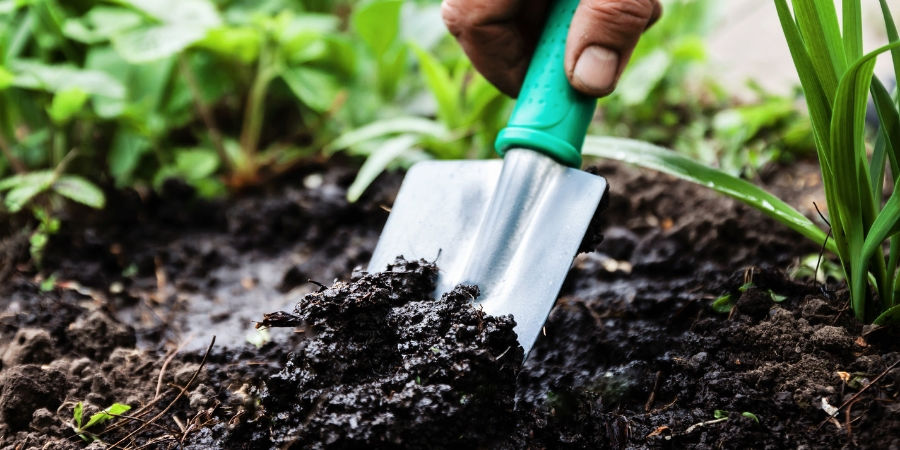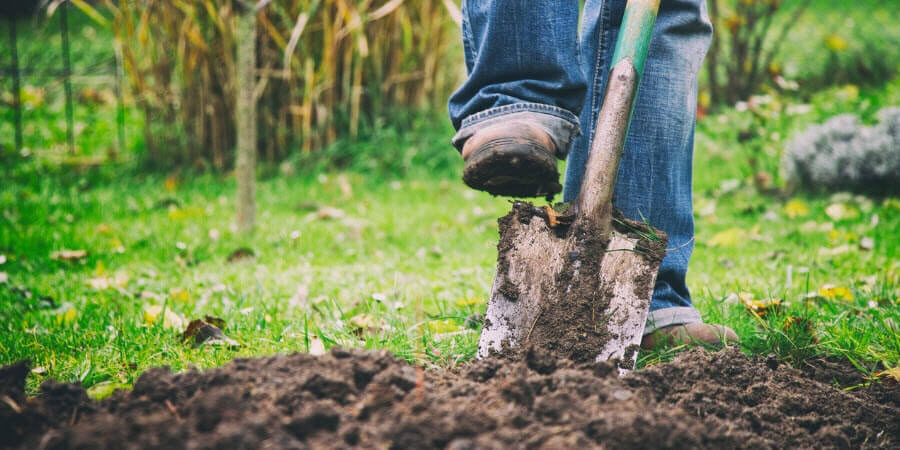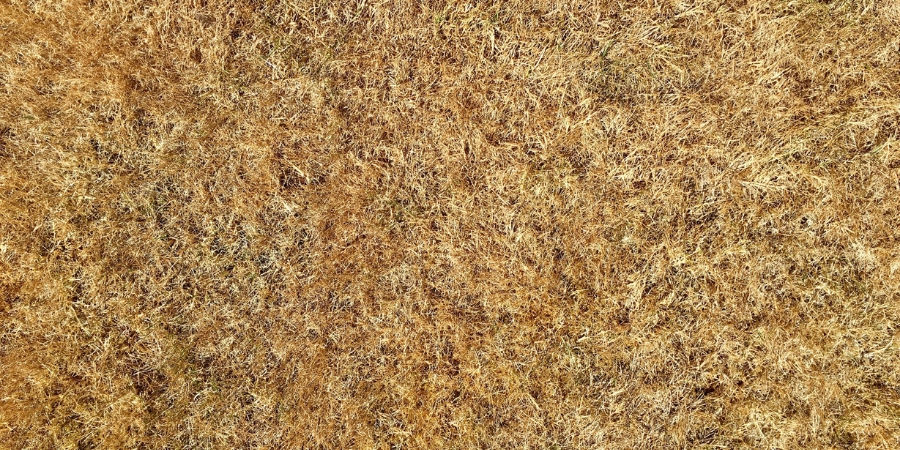How to Kill Grass
- Milorganite AgronomistMay 11, 2019
Typically, I’m sharing tips on how to renovate a tired lawn, create new lawns or keep lawns lush and healthy. Here I’m addressing the exact opposite: how to remove grass. More bluntly: how to kill grass.
There are a number of reasons you may want to get rid of grass in your yard. You may be tired of trying to coax struggling grass and finally admit it’ll be better to remove it. Your lawn is mostly weeds and you want a fresh start. You’re interested in adding a garden or additional landscaping.
Grass removal can be an investment in time and muscle depending on how much grass you have to remove and your method of choice. There may also be a cost, depending on the method you use.
Here are a few considerations:
- How large is the area?
- How quickly do you want the grass removed?
- What will the area be used for after the grass is removed?
Before you begin, take note of the location of irrigation sprinkler heads so you don’t accidentally damage them or cover them up. You may need to turn off the irrigation system for the time being, depending on the method you choose.

This is a good time to have your soil tested and amended with Milorganite and organic matter as needed. Removing large areas of grass is also an opportunity to re-grade—level hills and fill valleys. If you discover a diseased area or pests in the process, now’s the time to address it.
Here are a few natural grass removal options to consider.
Methods of Lawn Removal
Dig it up
Removing grass by hand is the quickest method of grass removal using a spade or shovel and is best suited for patching small areas.
Removing Grass by Hand
Water the area a few days before you’re ready to work to loosen the soil. Using a shovel or spade, cut the perimeter of a square foot at a time to keep it manageable. Slip the shovel or spade just beneath the grass roots to remove.
Pros
- Best for small areas.
- Immediate results.
- Minimal soil disruption.
Cons
- Can be labor intensive depending on the size of the area.
- May not be effective in removing deep-rooted grass varieties, such as Bermuda.

Removing Grass Using a Sod Cutter
Sod cutters allow you to remove rolls of grass from larger areas. The rolls can be used in other areas if it’s in good condition. Otherwise, you can compost it or simply flip it over and allow it to compost in place, which adds organic matter. It depends on how quickly you want to use the area.
You can use a manual sod cutter or consider renting a power sod cutter from a big box store.
Pros
- Immediate results.
- Good grass can be reused elsewhere.
Cons
- Labor intensive.
- Cost of renting a power sod cutter.
- Disrupts soil.
- May expose weed seeds.
Smother, Compost in Place
Smothering the lawn kills the grass, allows it to compost in place and adds valuable organic matter to the soil. This is an excellent method for creating a new vegetable garden or flower bed. I’ve heard of gardeners using this method by layering newspaper or cardboard, covering it with several inches of topsoil and, after cutting through the paper, immediately start planting.
Supplement the soil with Milorganite before placing the newspaper or cardboard so that it’s in direct contact with the soil. The paper or cardboard used will naturally decompose.
Removing Grass By Smothering
- Mow the grass as short as possible.
- Cover the area by overlapping a minimum of six layers of newspaper or cardboard. Use newspaper with black ink only—colored ink may contain heavy metals.
- Wet the layers thoroughly.
- Cover with at least four inches of grass clippings, compost, mulch, topsoil or other organic material, which holds down the layers and helps retain moisture.
Pros
- Not dependent on the weather.
- Soil isn’t disrupted.
- It looks good upon completion.
Cons
- You’ll have to acquire a lot of newspaper, newsprint or cardboard.
- Won’t work on steep slopes.
- Take about 8 weeks.
Solarization
Solarization is another natural method of grass removal that uses the heat of the sun to kill grass and weeds, in addition to some pathogens and pests. This method works best in the summer when the weather is sunny and hot and is excellent for the health of the soil, especially if you’re going to grow a new lawn.
Removing Grass Using Solarization
- Mow the grass as short as possible.
- Water the area thoroughly.
- Cover the area with 1–2 layers of 2–3 mil transparent-plastic tarp, which is more effective than black or opaque plastic. You may also find using clear plastic more satisfying; you can monitor the demise of the unwanted grass.
- Anchor the edges so the plastic to prevent it from taking flight.
- When the grass is dead, remove the plastic.
- Leave the dead grass in place to compost and add organic material to the soil.
Pros
- All-natural method of grass removal.
- Good for large-scale grass removal.
- Less labor intensive than manually removing the grass.
- Maintains soil structure.
- Incorporates existing organic matter.
- No weed seeds brought to the surface.
Cons
- Direct sunlight and high temperatures are required, so it may not be as effective in shady areas.
- May also kill the good bacteria and bugs along with the bad.
- It takes about 4–8 weeks. You’re going to have to live with a plastic-covered area in your yard for several weeks.

Sometimes it’s necessary to start with a clean slate and remove grass, whether to repair and renovate, add a flower or vegetable bed or expand your landscaping. Choose the method that works best for your expectations, the area covered, as well as the time, labor and money you want to invest.

